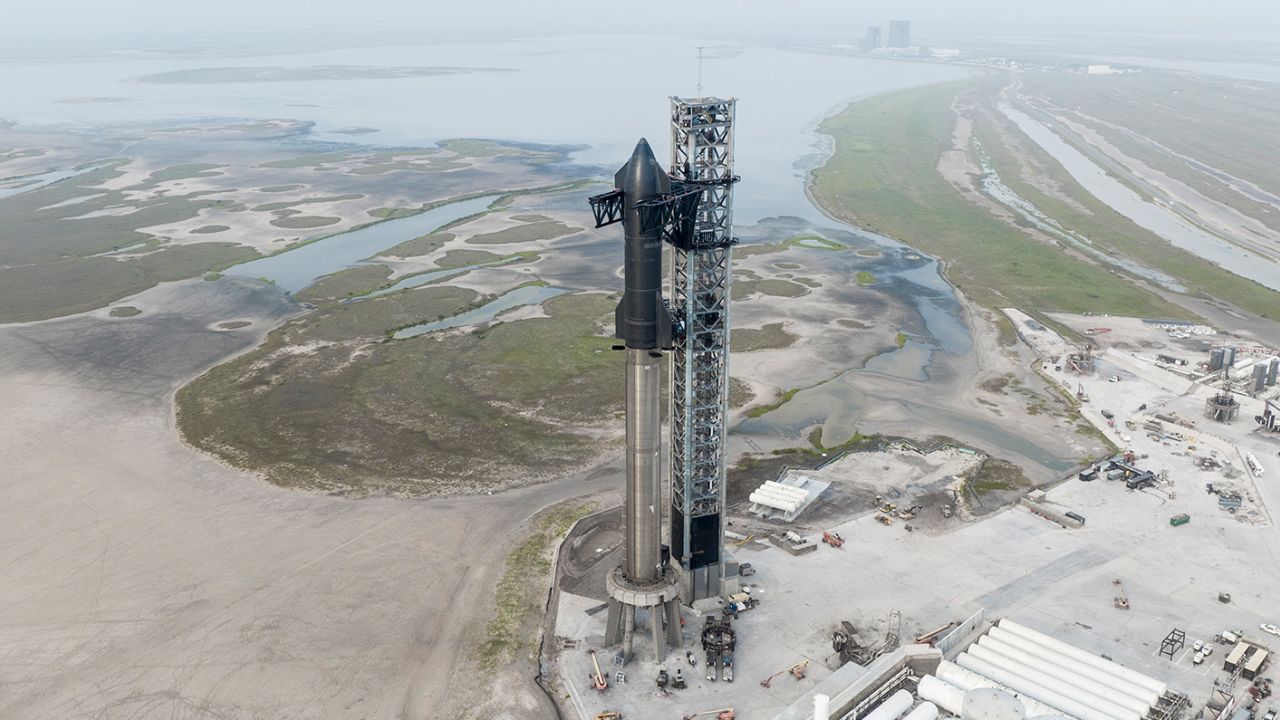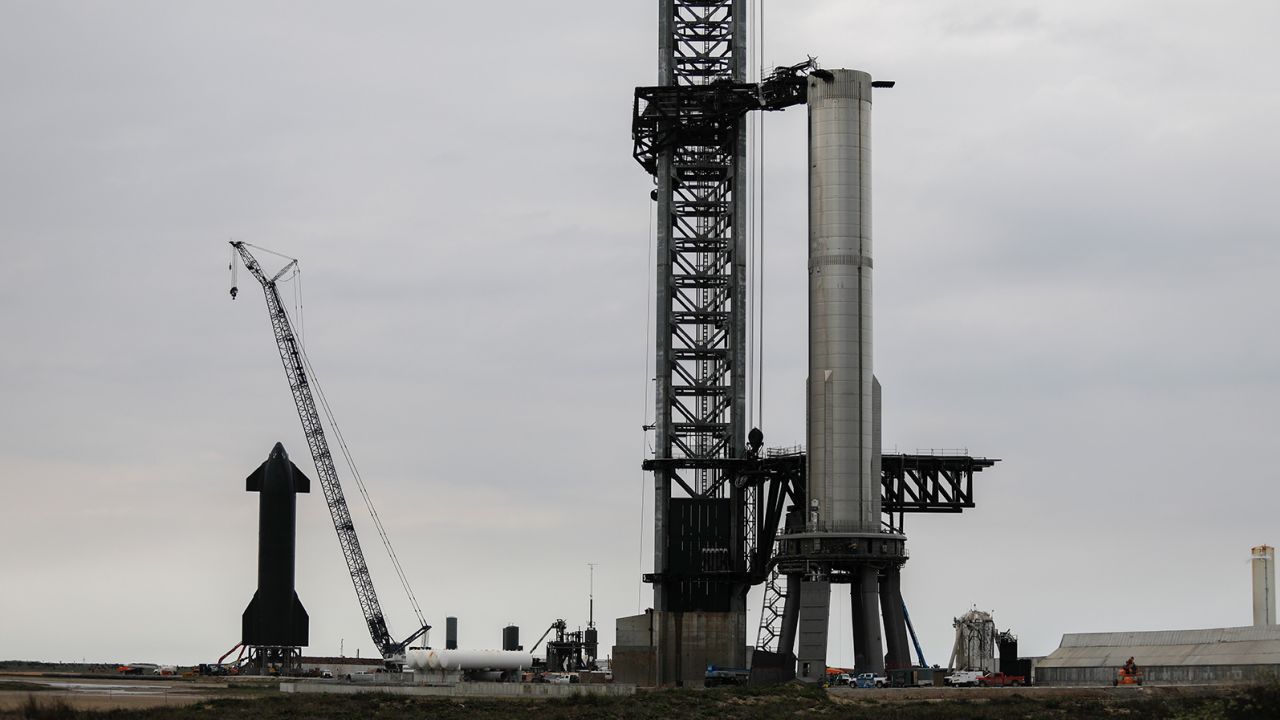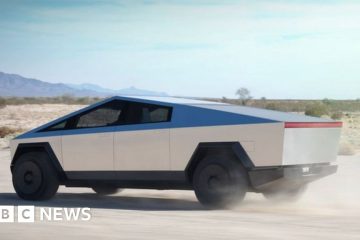Sign up for CNN’s Wonder Theory science newsletter. Explore the universe with news on fascinating discoveries, scientific advancements and more.
CNN
—
SpaceX has cleared the final regulatory hurdle standing before the inaugural launch of its Starship rocket — the most powerful rocket ever constructed.
The Federal Aviation Administration, which licenses commercial rocket launches, announced Friday that it granted the company’s request for an uncrewed flight test of the rocket out of the SpaceX facilities in South Texas. The vehicle, which has already undergone preflight ground testing, is poised to take off as soon as Monday.
“After a comprehensive license evaluation process, the FAA determined SpaceX met all safety, environmental, policy, payload, airspace integration and financial responsibility requirements,” the agency said in a statement.
Earlier Friday, the FAA issued an air traffic restriction for the area surrounding the launch. The Notice to Air Missions, or NOTAM, orders planes and other air traffic to steer clear of the launch area — which lies due East of Brownsville, Texas — on Monday between 7 a.m. and 10:05 a.m. CT (8 a.m. and 11:05 a.m. ET).
This will be SpaceX’s first attempt to put Starship into orbit, building on a yearslong testing campaign to work out the design of the rocket.
SpaceX CEO Elon Musk has talked about Starship for about a decade, making elaborate presentations about its design and describing it as the vehicle that underpins SpaceX’s founding purpose: sending humans to Mars for the first time.

Additionally, NASA has already awarded SpaceX contracts and options — worth more than $3 billion — to use Starship to ferry government astronauts to the surface of the moon under the space agency’s Artemis program.
The inaugural flight test will not complete a full orbit around Earth. If successful, however, it will reach orbital speeds and travel about 150 miles above Earth’s surface, well into altitudes deemed to be outer space.
Starship consists of two parts: the Super Heavy booster, a gargantuan rocket that houses 33 engines, and the Starship spacecraft, which sits atop the booster during launch and is designed to break away after the booster expends its fuel to finish the mission.
On this flight, the rocket booster will be discarded into the ocean shortly after liftoff. In future flights, however, SpaceX plans to recover the vehicle by guiding it to an upright landing back at the launch site. The Starship spacecraft will complete nearly one full lap of the planet, ending its flight with a splashdown off Hawaii.
Development of Starship has been based at SpaceX’s privately held spaceport about 40 minutes outside Brownsville, Texas, on the US-Mexico border. Testing began years ago with brief “hop tests” of early spacecraft prototypes. The company began with brief flights that lifted a few dozen feet off the ground before evolving to high-altitude flights, most of which resulted in dramatic explosions as the company attempted to land them upright.
One suborbital flight test in May 2021, however, ended in success.

Since then, SpaceX has also been working to get its Super Heavy booster prepared for flight. The massive, 230-foot-tall (69-meter-tall) cylinder is packed with 33 of the company’s Raptor engines.
Fully stacked, Starship and Super Heavy stand about 400 feet (120 meters) tall.
SpaceX has been waiting more than a year to get FAA approval for an orbital launch attempt.
The company, and federal regulators tasked with certifying SpaceX launches won’t pose risks to people or property in the area surrounding the launch site, have faced significant pushback from the local community, including from environmental groups.
In June, the FAA granted SpaceX one key approval for launching Starship, though it laid out a list of “mitigating actions” the company would need to take before the first launch.
During a call with reporters this week, an FAA official, who declined to be named for publication, said that the agency has been overseeing SpaceX’s compliance with the mitigating actions, some of which are still in the works, even as the launch license is issued.
The FAA official said government personnel will be on the ground to ensure SpaceX complies with its license during the test launch.
Note:- (Not all news on the site expresses the point of view of the site, but we transmit this news automatically and translate it through programmatic technology on the site and not from a human editor. The content is auto-generated from a syndicated feed.))



